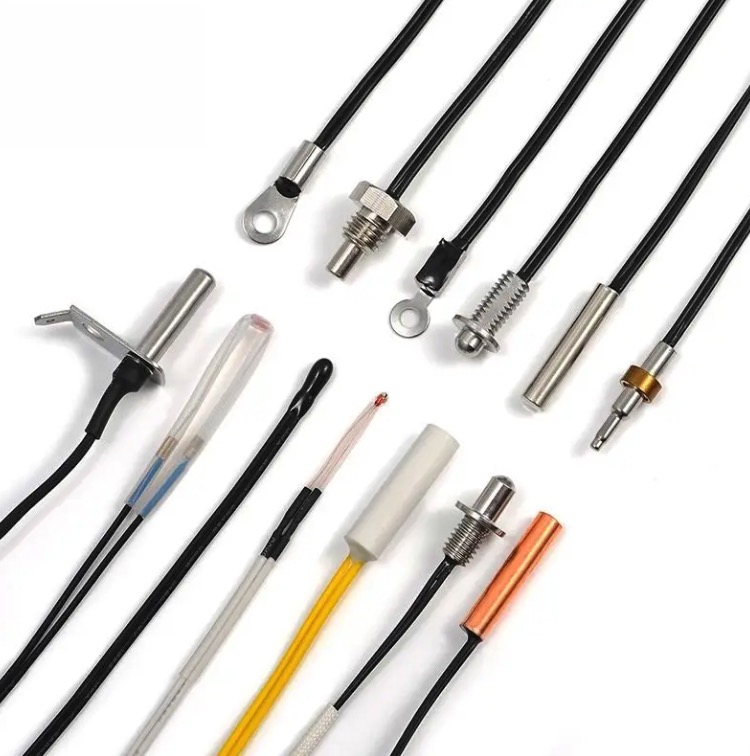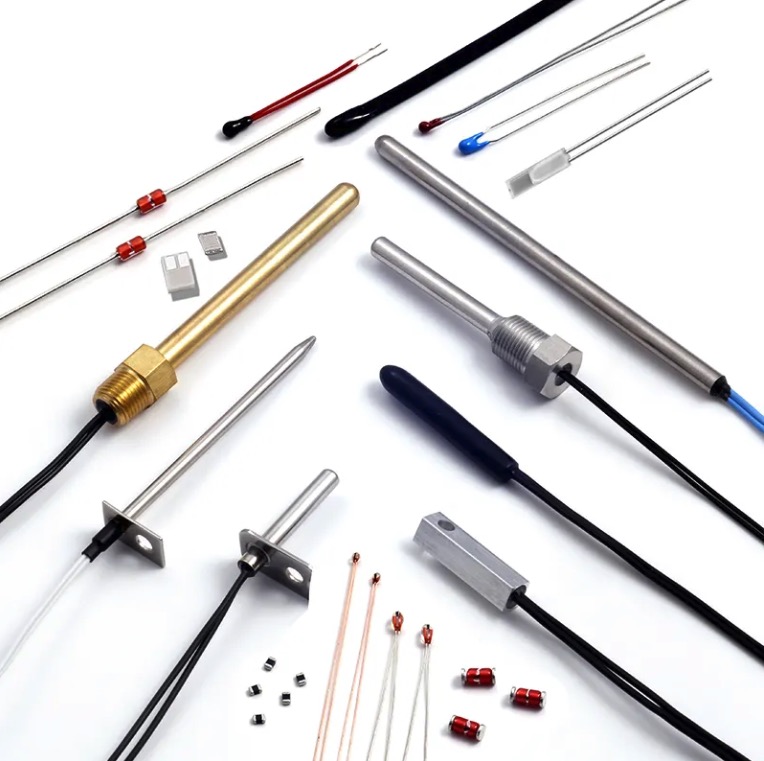Head Temperature Sensor: How to Choose the Best Sensor for Your Needs
Abstract: In this article, we will delve into the world of head temperature sensors, exploring their importance and how to select the best one for your specific needs. From understanding the key parameters to considering the application requirements, we will equip you with the knowledge needed to make an informed decision.
Understanding Head Temperature Sensors
When it comes to monitoring and measuring temperature in various applications, head temperature sensors play a crucial role. Whether you are in the automotive, industrial, or medical field, having the right sensor can make a significant difference in performance and accuracy.
Key Parameters to Consider
When selecting a head temperature sensor, it’s essential to consider key parameters such as accuracy, response time, operating range, and environmental factors. These parameters can greatly influence the sensor’s performance and suitability for a particular application.
Types of Head Temperature Sensors
There are various types of head temperature sensors available, including thermocouples, resistance temperature detectors (RTDs), and thermistors. Each type has its own advantages and limitations, so understanding their characteristics is crucial in making the right choice.
Applications and Considerations
Head temperature sensors find applications in a wide range of industries, from automotive engine monitoring to industrial process control. Understanding the specific requirements of your application, such as temperature range, vibration resistance, and chemical exposure, is vital in selecting the most suitable sensor.
Conclusion
Choosing the right head temperature sensor is a critical decision that can impact the efficiency and reliability of your systems. By understanding the key parameters, types, and application considerations, you can make an informed choice that aligns with your specific needs.




